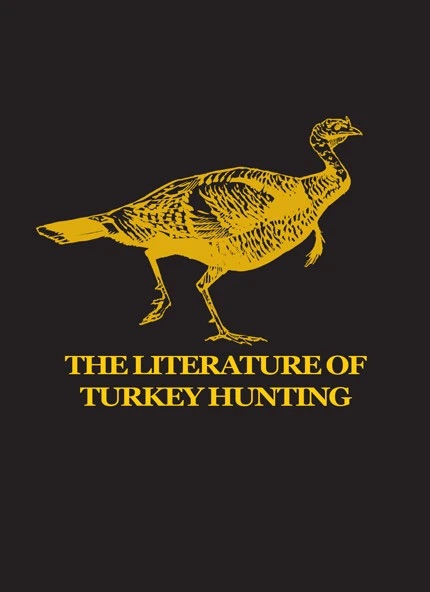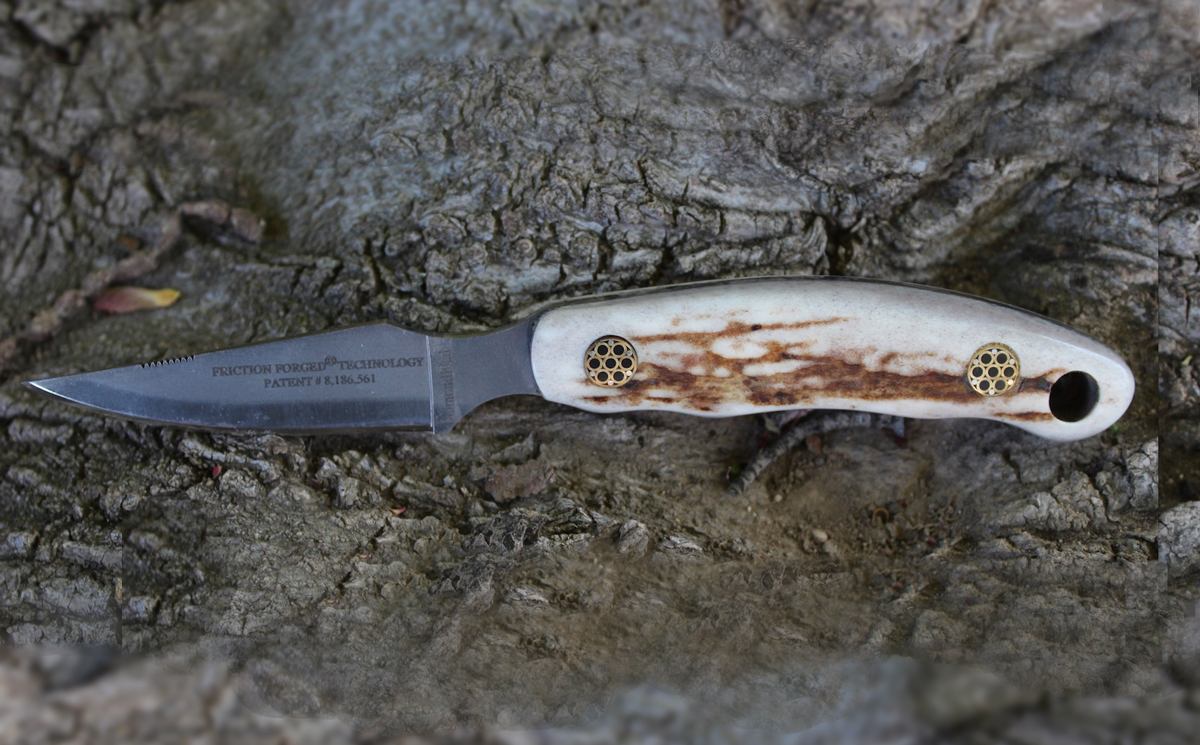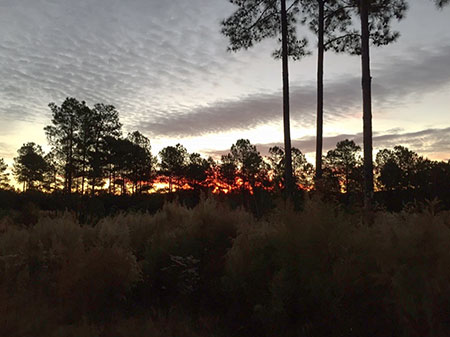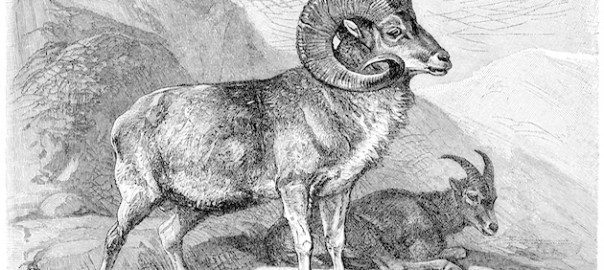Yep, the emu—one of Australia’s many weird native lifeforms sharing the land of Oz with egg-laying mammals, wombats and the widest variety of deadly snakes of any continent on the planet. Although primarily known in the U.S. as the star ingredient in small jars of skin cream supposed to comfort arthritis sufferers, the emu occupies a place of honor on one side of the Australian coat of arms, though it hasn’t always been held in such high esteem. In fact, it was downright hated.
 Flash back to 1932 . . .
Flash back to 1932 . . .
Following the Great War, thousands of veterans returned to the Land Down Under to discover that the Great Depression of ’29 had squelched any hope of civilian jobs. The Aussie version of our own VA, not wishing the peace-time electorate to become annoyed at the sight of jobless- not to mention legless, armless and shell-shocked-war vets cluttering up the sidewalks, the bureaucrats offered former soldiers free or cheap plots of barely farmable land in western Australia far, far away from cities full of impressionable voters.
Trying to make the best of a decidedly crappy situation, the vets planted wheat, the only crop with even a remote chance of survival, erected heavy woven-wire fences to keep out hordes of voracious rabbits and waited for their wheat to grow, which it did, amazingly enough. Frankly, the veterans never expected it too. Neither did they expect thousands of wheat-loving emus, driven westward by Outback drought. The huge birds plunged right through the metal fences and began feasting on the sweet young wheat, while ravenous rabbits flooded through the breached wire and gobbled up anything the emus missed, including wheat stalks, roots and whatever else that wasn’t tied down.
The veterans tried to stem the marauding mobs with rifles, but to no avail. Emus, it turns out, can absorb a dozen bullets to the body with little immediate damage. In fact, stated one of the farmers: “The only way to kill an emu is to shoot it in the back of the head when its mouth is closed.” Which it almost never is.
By 1930 the situation had gotten so bad that after long discussions the government actually decided to do something about it in October 1932. An official military operation was “brassed up” under the direction of one Major G.P.W. Meredith, commander of the Royal Australian Artillery’s Seventh Heavy Battery. Sallying forth with stalwart diggers (Australian for GI Joe’s) wearing their traditional “slouchies” and toting 10,000 rounds of ammunition and two U.S.-made Lewis machine guns capable of rattling off 500 rounds-per-minute, our good major smelled victory in the air.
But it was victory for the emus.

The Lewis machine gun, used by the Australian military in its failed attempt to eradicate the nuisance emu population.
The first emu elimination exercise had to be called due to rain, but the second, a few days later, actually managed to kill a dozen or so birds out of the several hundred that easily dashed out of range before the soldiers could fire their first machine gun. Emus, by the way, can run 32 miles-per-hour and execute full-speed 90-degree turns by pivoting on one flightless wing. Now, if they could only carry a football.
The second machine gun promptly jammed. Realizing the emus were faster and smarter than expected, Major Meredith commandeered a farmer’s truck, loaded up a machine-gunner in the bed, and swore that once and for all he was going to prove that no earth-bound 130-pound chickens were going to outsmart a full major. Down the bumpy road the major roared with the poor gunner unable even to hold onto his Lewis gun, much less aim and fire it. Not one shot was fired, though a nearby farmer on his way to the local pub did accidentally run over and kill one emu.
Another emu somehow managed to crash through the major’s windshield, tangling itself in the truck’s steering wheel and causing the vehicle to veer into a ditch, plow up a hundred or so feet of fence and flip onto its side. Including the emu that ran squawking away, nobody suffered more than a few scratches. The major’s blood pressure reportedly returned to normal several hours and a few pints later.
Meanwhile, the Australian (and British and American) press had gotten wind of the unusual war and was having a jolly good time ridiculing the major and his troops, to the great consternation of the Aussie government, which sounded retreat and recalled the soldiers. The farmers, however, raised an even louder ruckus, so Major Meredith and his machine-gunners returned to the fray in mid-November to shoot up 20,000 more rounds, resulting in the death of a thousand emus according to Meredith, though local farmers maintained that only a tenth of that number was killed.
His ammo all expended, the major and his lads reverse-charged homeward, never again to match wits with the walnut-sized brains of the triumphant fowl, even though the farmers petitioned unsuccessfully for a resumption of battle in 1934, 1943 and 1948. Parliament did, however, in 1974, with the great wisdom so often exhibited by politicians and bureaucrats, declared the emu a protected species under the National Parks and Wildlife Act.
Protected from whom? One can only wonder.
After all, Major G.P.W. Meredith ‘s diggers, to put it in Aussie terms, weren’t recently enlisted mangos but well-trained and battle-hardened gun bunnies. So don’t expect Aussie emu hunting to begin anytime soon. Which is probably just as well.

A critical reference source, including prices, for anyone interested in books, pamphlets, brochures and published ephemera on turkey hunting. Buy Now




